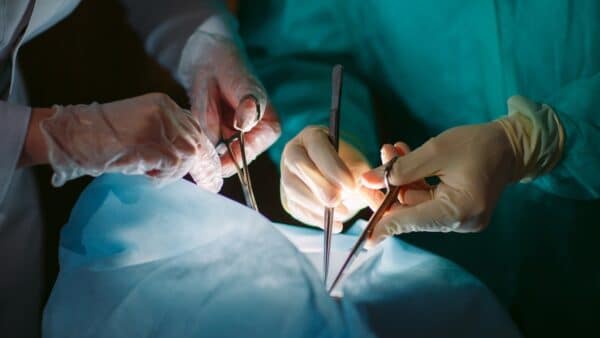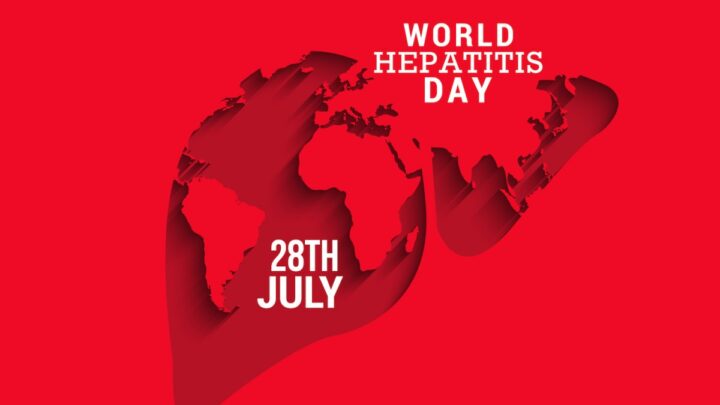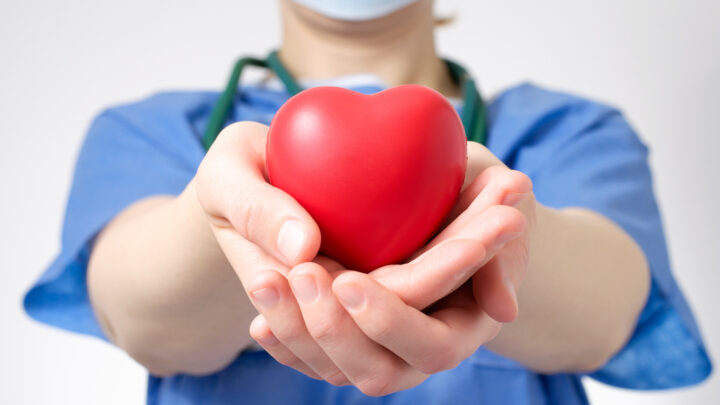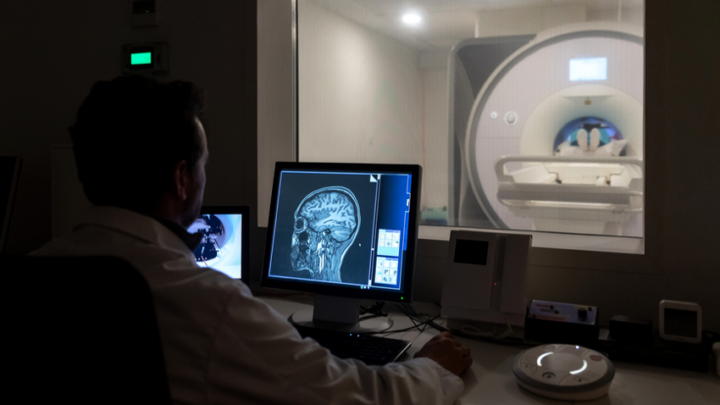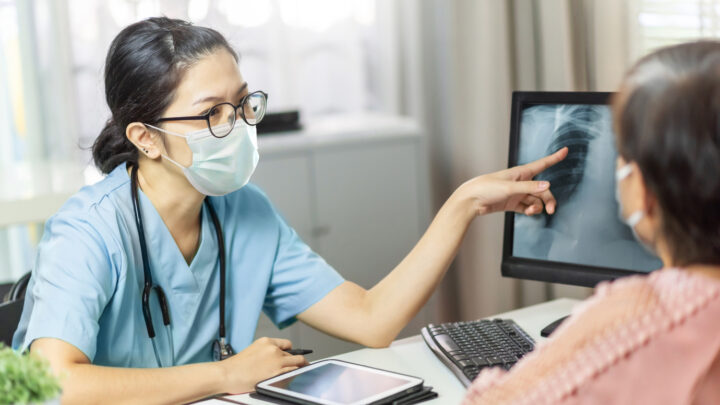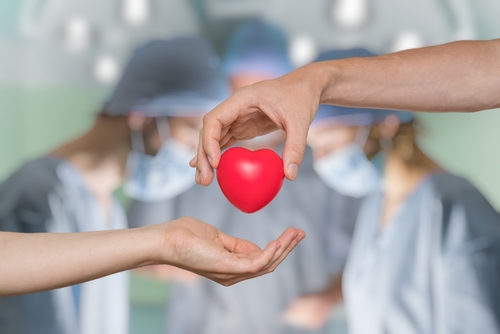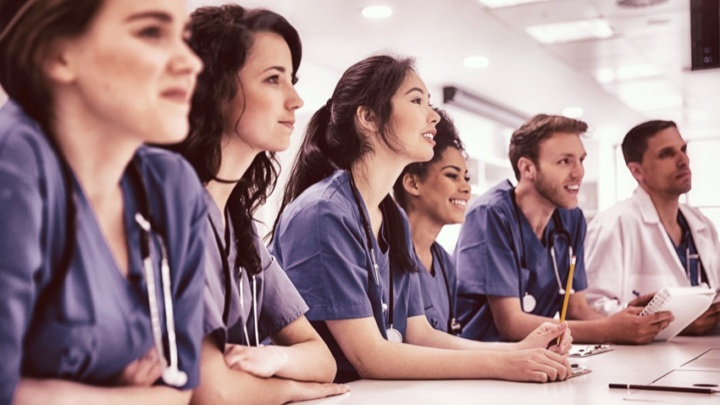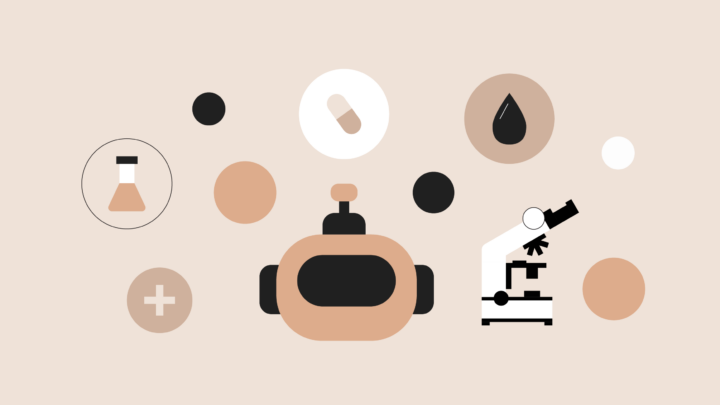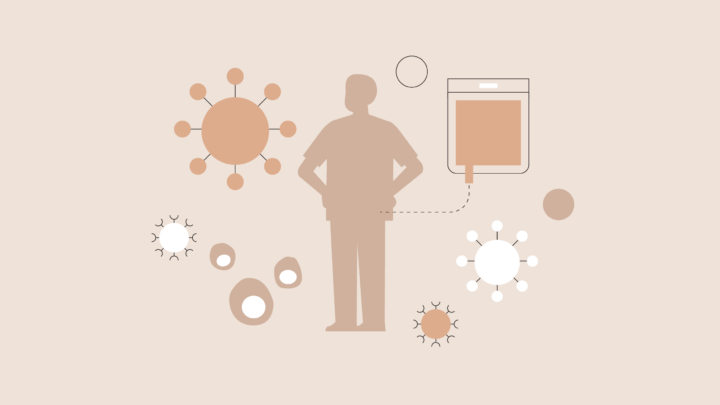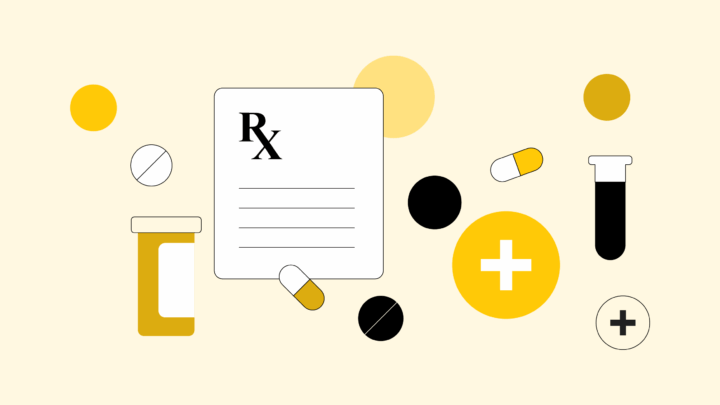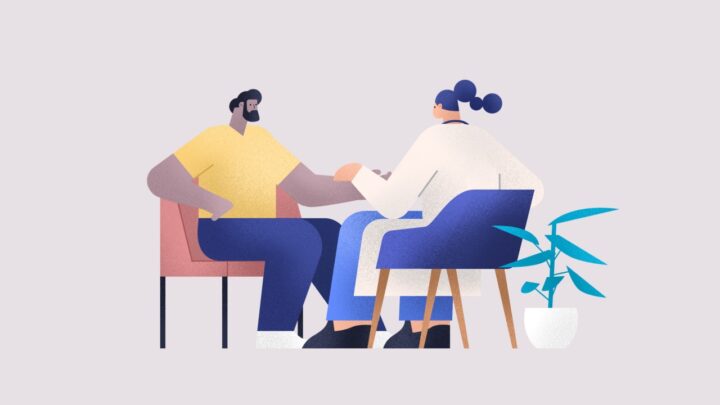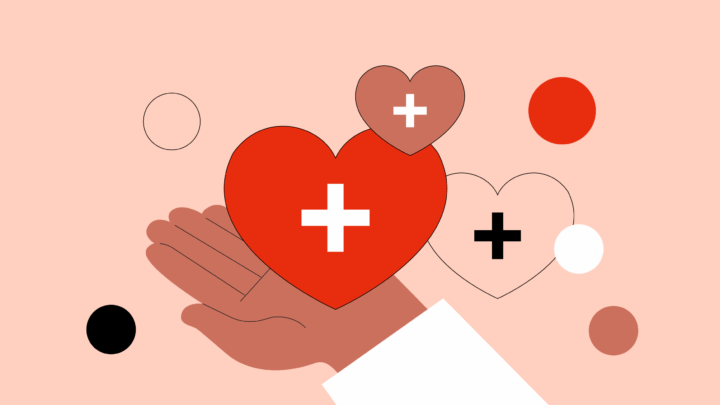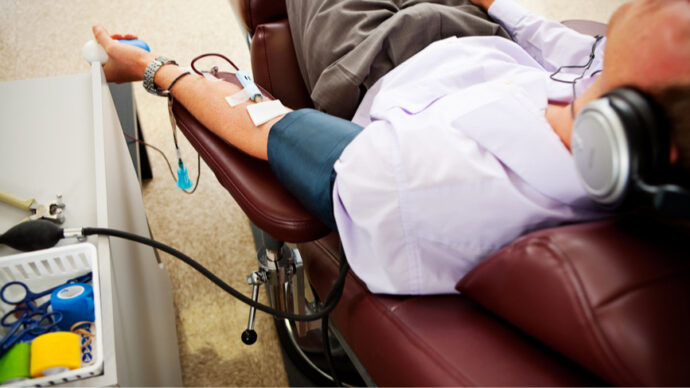
September 17 was World Marrow Donor Day (WMDD)—a global initiative designed to thank all blood stem cell donors worldwide, and to raise awareness around the importance of registering as a stem cell donor and the impact of blood stem cell transplantation on a patient’s life.
This observance was especially important to us at Sermo. In 2021, Sermo CEO Peter Kirk received a life-saving stem cell transplant—also known as a bone marrow transplant—at Memorial Sloan Kettering Cancer Center in New York City.
After finding himself intubated in the ICU with double lung pneumonia, and then subsequently diagnosed with Acute Leukemia (AML), Peter emerged from this unexpected, grueling battle a changed man. With his family and friends by his side, he decided to take on a monumental challenge—running the 50th New York City Marathon and raising money for cancer research.
- But his story didn’t stop there. Peter’s cancer journey sparked a global initiative—Run with Peter-Run for Research—to raise thousands for medical research. And he is continuing to do so today.
To show our support for this important observance, we launched a World Marrow Donor Day promotion. More than 400 global Sermo physicians took part—sharing valuable insights and experiences, along with their incredible and inspiring stories. Here’s a summary:
- 93% of Sermo physicians said there needs to be more awareness around the importance of registering as a stem cell donor. Of those who responded, 37% were currently registered as a stem cell donor, and 34% said many of their patients were registered.
- 66% witnessed a drop in stem cell donations during the pandemic; and 73% are seeing a lasting impact of Covid-19 on stem cell donations.
- 87% have seen an incredible transformation in this field since their careers began; and 96% are excited about the future of stem cell transplantation.
- 93% believe that many conditions and diseases could be treated and cured by stem cell transplantation.
- 93% support the research of stem cell science; and 89% say their patients do.
Below, Sermo physicians from around the world share more of their professional insights, perspectives, and opinions on this important topic—in their own words:
I was an organ donor but am not able to now as I developed AML and received a bone marrow stem cell transplant from my 25-year-old son (at the time).
I am now nearly 3 years post-transplant and doing well, thanks to my son, my family and friends the Good Lord and the wonderful medical care from my physicians, nurses, and entire staff of the Mayo clinic in Jacksonville Florida.
I am happy to see this initiative to spread awareness of bone marrow stem cell donations, I would also encourage spreading the word that not all bone marrow stem cell donations require harvesting stem cells directly from the bone but can sometimes be done with appropriate blood element donations.
Physical Medicine & Rehabilitation (Psychiatry), U.S.
I have spent my entire professional career (starting in 1978) in hematopoietic stem cell transplantation (HSCT). The advances in HSCT over that time are remarkable – better survival, more donor options, improved supportive care, and expanding HSCT eligibility to older patients through reduced-intensity preparative regimens! Now we are seeing the expansion of other cell therapies, like CAR-T. Please encourage your healthy younger patients to strongly consider being a volunteer donor. The website http://www.bethematch.org is an excellent resource for health care providers, patients and families, and potential volunteer donors.
Hematology Oncology, U.S.
My sister, who is 18 months older, developed Breast Cancer about 15 years ago, at the age of 45. Had mastectomy and chemo. About 4 years later was noted to be very fatigued and was diagnosed with AML. Her Oncologist believes the AML was from the chemo. Had several rounds of chemo for the AML but they couldn’t get her clear. Her Oncologist brought up stem cell transplant. My sister lives in the northeast, me in the south. I flew up for testing and was surprised to see that not only was I a match but the only closer I could get was if I was an identical twin. I had to take Neupogen injections, 4 a day for almost a week. I had severe body aches and kept on with busy practice. The Neupogen bounced my WBC’s up to 56,000! No wonder my bones hurt!
We scheduled the harvest. I was fascinated by the process. I was told it would take 2-3 sessions, about 3 hours each to collect around 5 million stem cells. A 16 g angio in one arm and an 18 g in the other. I remember getting hypocalcemia and sucking on Tums until the lip tingling went away. After 2 1/2 hours they stopped and unhooked me. They were going to do some counts and call me later that evening to let me know what time I had to reappear for round 2.
That night, staying with my brother-in-law, the Oncologist called and told me not to bother coming the next day as they had harvested 12 million stem cells. I was so proud of my bone marrow!
They gave my sister 6 million and froze the remainder. She is now in remission x 10 years.
She now has the same blood type as me
Orthopedic Surgery, U.S.
I had 2 stem cell transplants when I was 42/43… I am now 19 years out… still working as a GP and hospitalist further treatment of dex, revlimid and daratumumab…. I am grateful for every year.. eat a plant-based diet, exercise almost daily… and get good sleep……. Stem cells gave me 18 years treatment free years; I saw my son graduate from 3 degrees; last one being medicine…my second son doing phd in physiotherapy, third son doing civil engineering and daughter graduated from London College of Fashion….. cannot ask for much more…. Blessed.
General Practitioner, U.S.
In 2016, my brother was diagnosed with Acute Lymphoblastic Leukaemia (ALL).
After a relapse in 2020, he received a run of chemotherapy followed by a stem cell transplant from a donor through a proclaimed international organisation, which works with leukemia and hematopoietic stem cell transplants.
The aim of the transplant was to create a new, healthy immune system to fight the cancer and kill any leukemia cells in the body. Since then, my brother has led a healthy life free of leukemia.
General Practitioner, UK
During my last year in fellowship, I donated bone marrow to my mother for tx of myelofibrosis. I wasn’t a perfect match, and we all didn’t know if it would be a success, but fast forward 5 years and she is doing great. It was an interesting opportunity to experience this process from the patient perspective. I am a registered donor and would do it all over again – even for a stranger.
Pediatrics Psychiatry, U.S.
I underwent my bone marrow transplant almost 2 years. I had trouble finding a match and my son was the closest I could get. I have been working since the transplant and tell everyone to register. The actual donor harvest was not hard for my son Andy and saved my life.
Neurology, U.S.
One of my best friends was diagnosed with leukemia less than a year ago, with chemotherapy treatment she had been declared free of it, however, less than a month ago they carried out new tests and the disease reappeared, her hematologist doctor told her that she should undergo a bone marrow transplant, compatibility studies were carried out with his sister and brother, both are not 100% compatible for this reason and because in my country there are no bone marrow banks, he must go to Spain to be able to comply with the transplant. The process has been hard, I hope God and the universe can conspire so that he can leave and be completely free of this terrible disease.
General Practitioner, Venezuela
The medical center at which I did my residency was a regional center for pediatric HSCTs, so we had tons of patients going through that, especially for high grade neuroblastoma. I will never forget one 6-year-old boy who was a huge pro wrestling fan. He had all the figurines and posters all over his isolation room in the PICU,and he wouldn’t let me examine him each day until I had correctly named each one. I still remember some of them!
Pediatrics, U.S.
Be the Match is quite experienced with holding very professional, emotionally moving public relations events that illustrate the value of stem cell donation. I’ve been to their events, and they’re quite effective at promoting the cause, and stimulating stem cell donor registrations.
Family Medicine, U.S.
I have had patients and families inquire about this but not sure where to refer…greater knowledge and insight into the donor mechanism is necessary.
Radiology, U.S.
Stem cells carry great promise in many diseases: immune systems disorders, cancers of blood, lymphatic and solid tumors, too. There will be some diseases that will be much later: diabetes and the Metabolic Syndrome, for example, due to complex multi-genetic causes.
Pediatrics, US
Honestly, I hope stem cell transplants will be reserved for non-malignant disorders such as thalassemia or aplastic anaemia. I hope CAR-T will be the way forward for malignant disease offering patients better outcomes with fewer side effects and less mortality.
Hematology, Oncology, U.S.
Stem cell transplantation is a hope of many of us involved in the management of hematological disorders, especially acute leukemias in developing nations. Many of us feel bad seeing our patients go down the road simply because they can’t afford the cost of SCT. I am optimistic that in the nearest future, SCT would be readily available, accessible and affordable.
Hematology, Nigeria
As stem cell transplantation becomes more and more mature, it will lead to regenerative medicine that will regenerate or repair diseased or damaged organs.
Internal Medicine, US
If we had universal free cord blood banking with the availability to use, this would aid stem cell research and therapies
OBGNY, US
Everyday thousands of Sermo member physicians from diverse backgrounds and experiences exchange knowledge with each other. Sermo is the original medical social network that empowers today’s physicians. Over 1 million fully verified physicians across more than 150 countries come to our platform to talk with peers, participate in paid medical studies, solve challenging patient cases, contribute to the world’s largest database of drug ratings – and enjoy a few laughs along the way.
Interested in more? Check back any time and follow us on Facebook, Twitter, and LinkedIn for the latest and greatest in physician insights.
Are you a physician or healthcare practitioner?
Explore the many benefits of joining Sermo’s medical community and sign up for free today.

